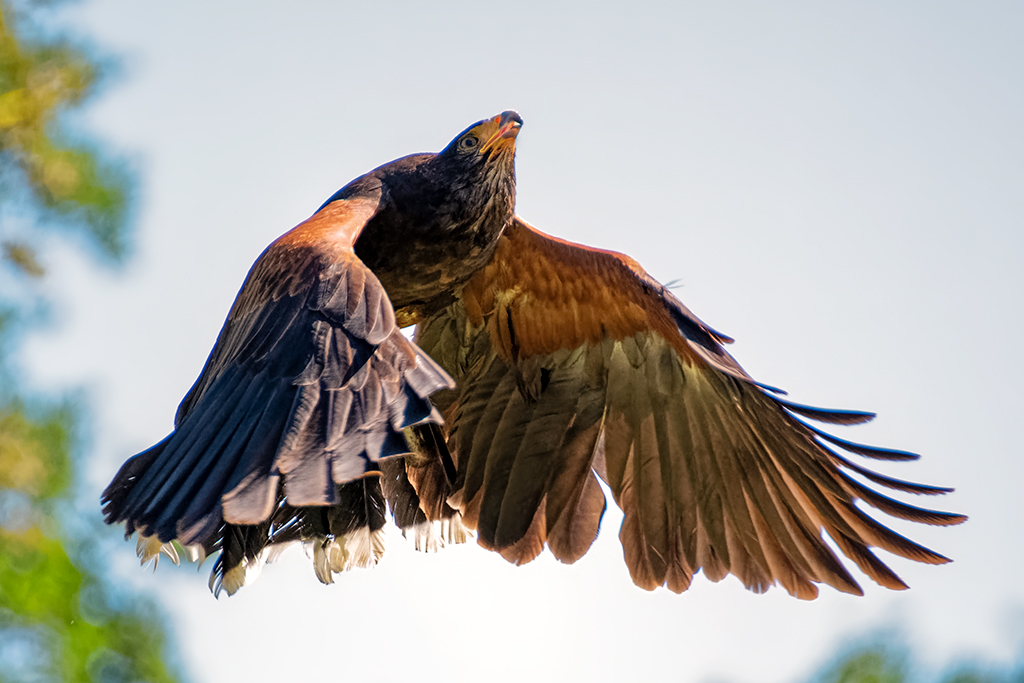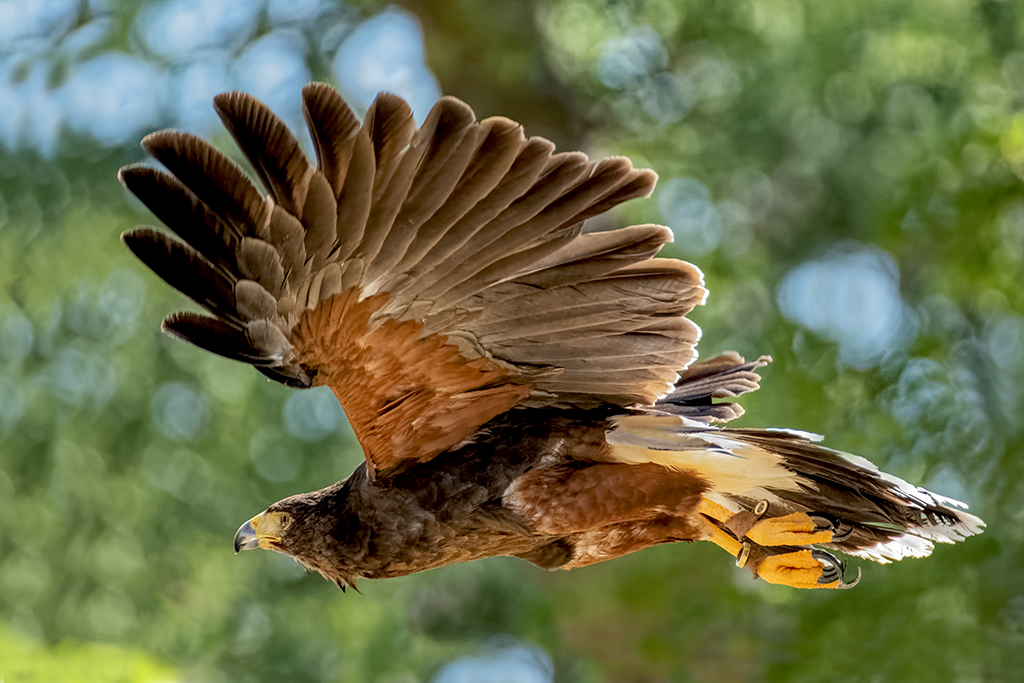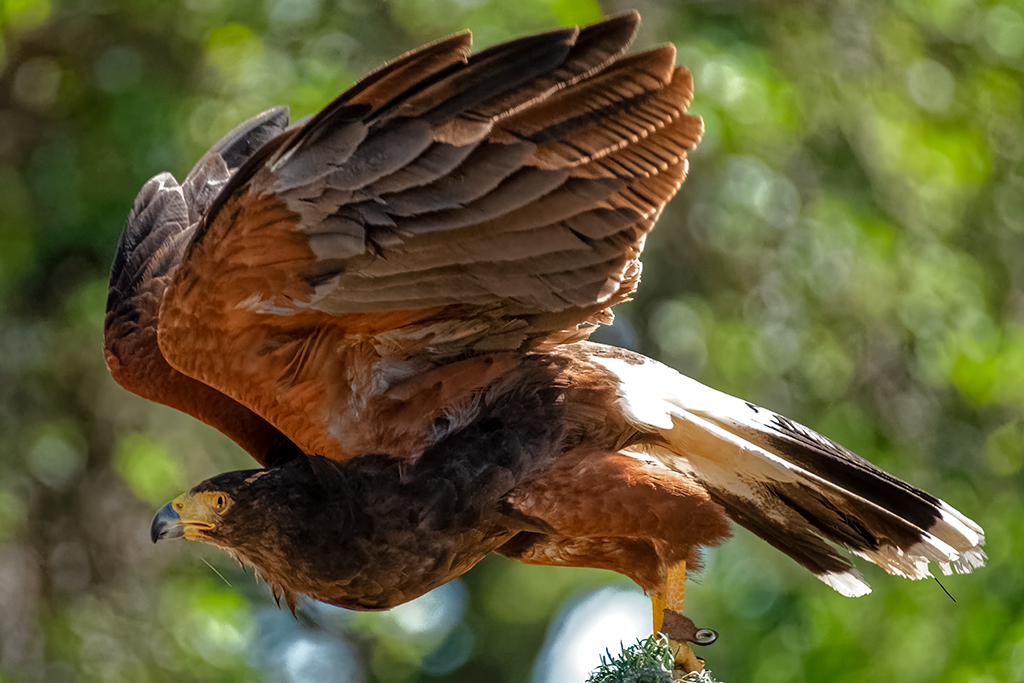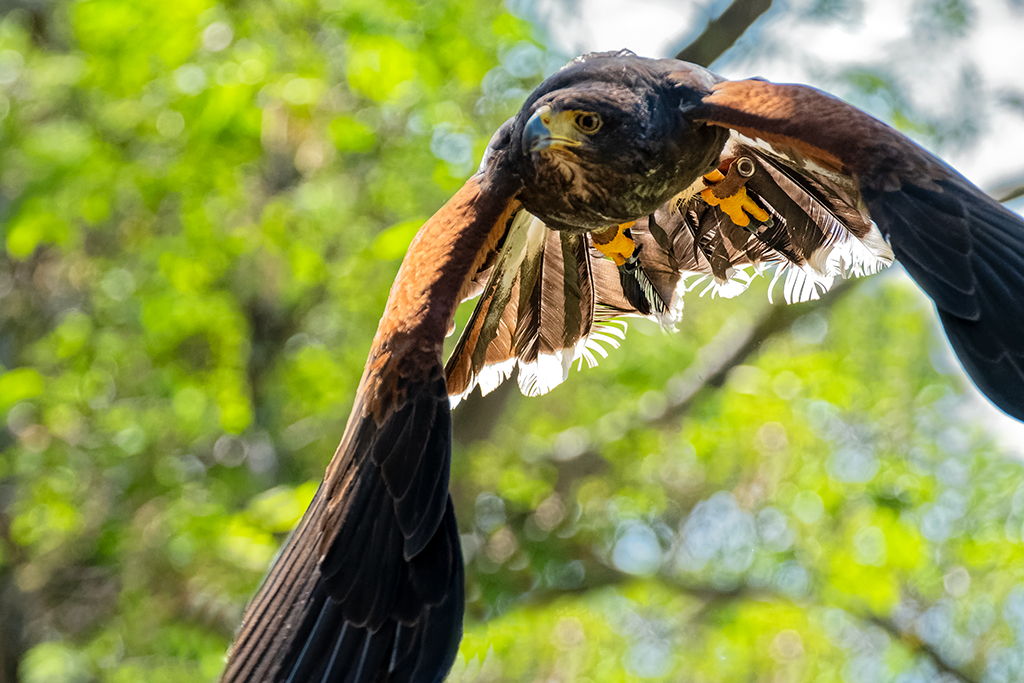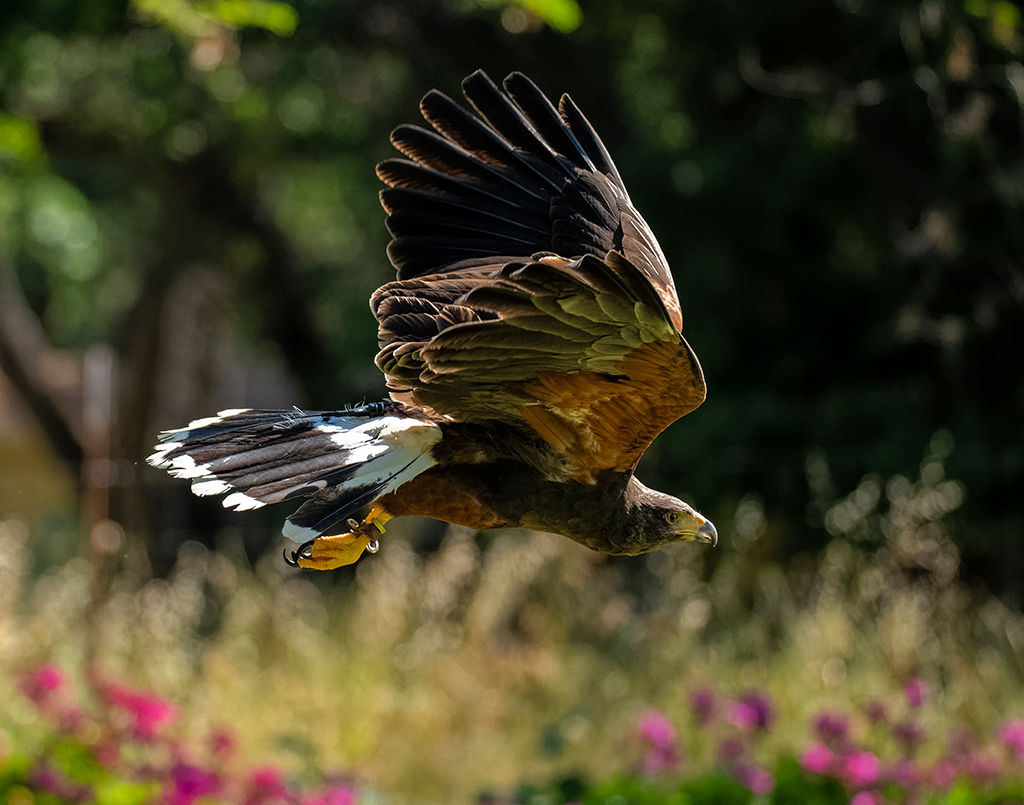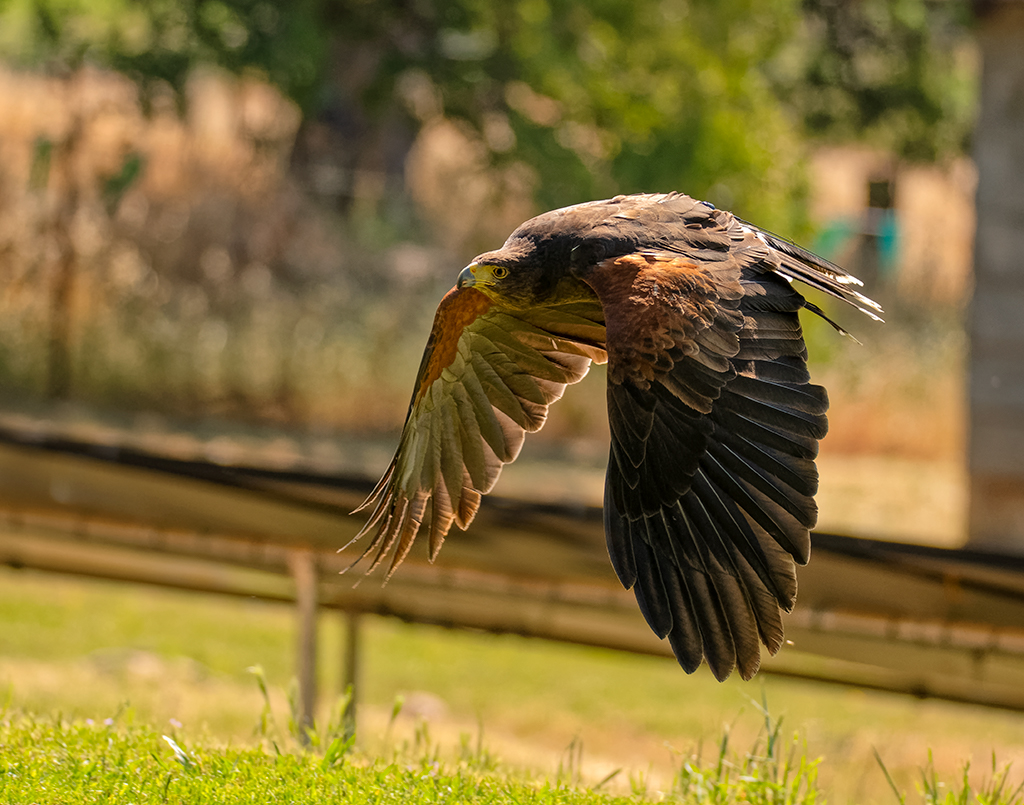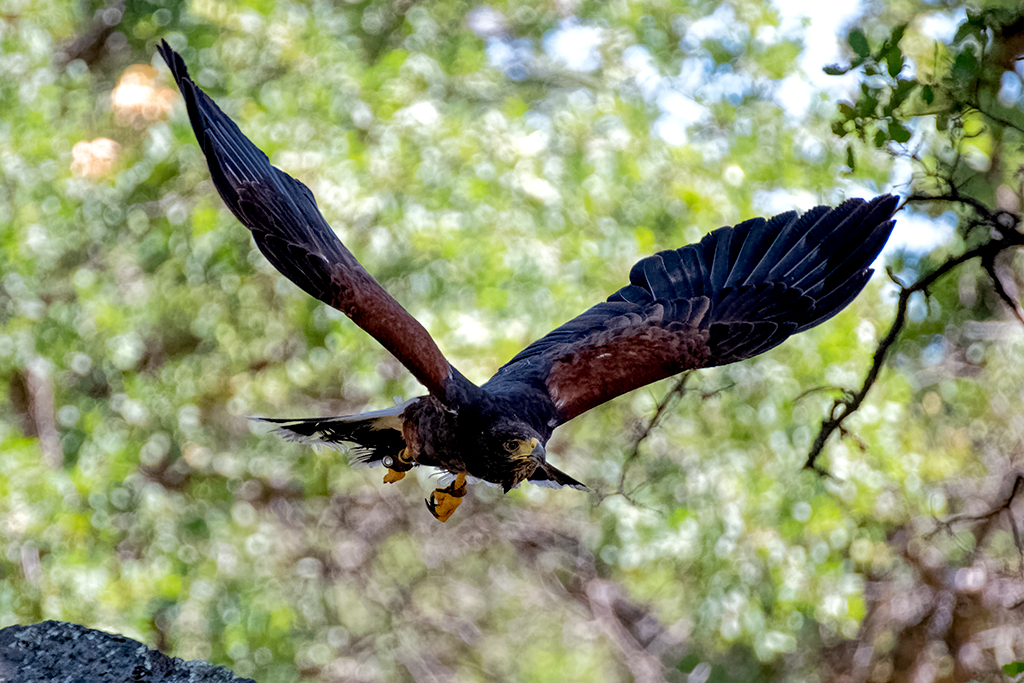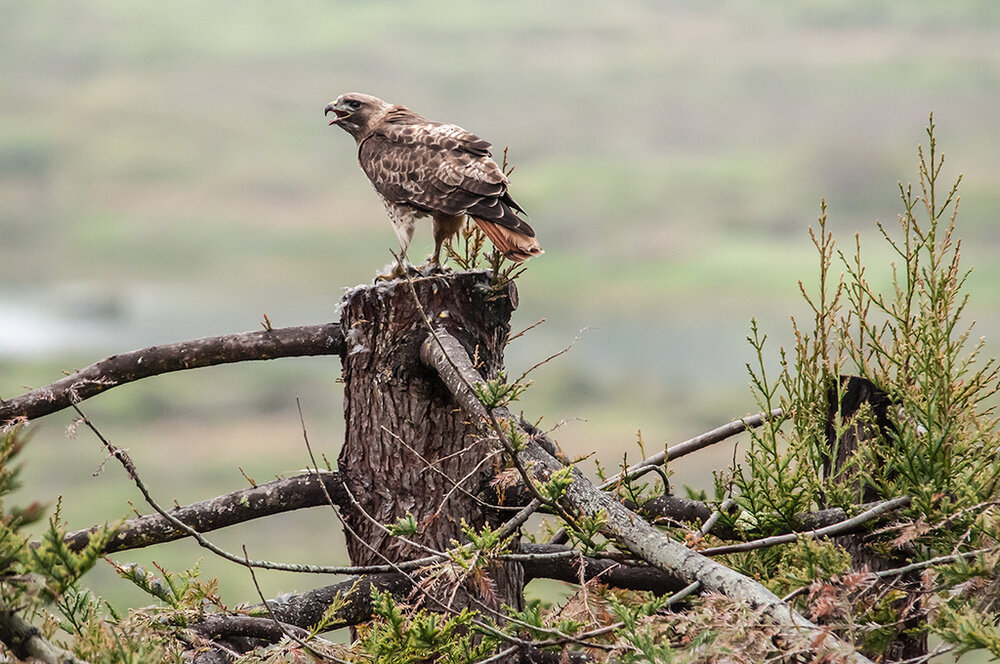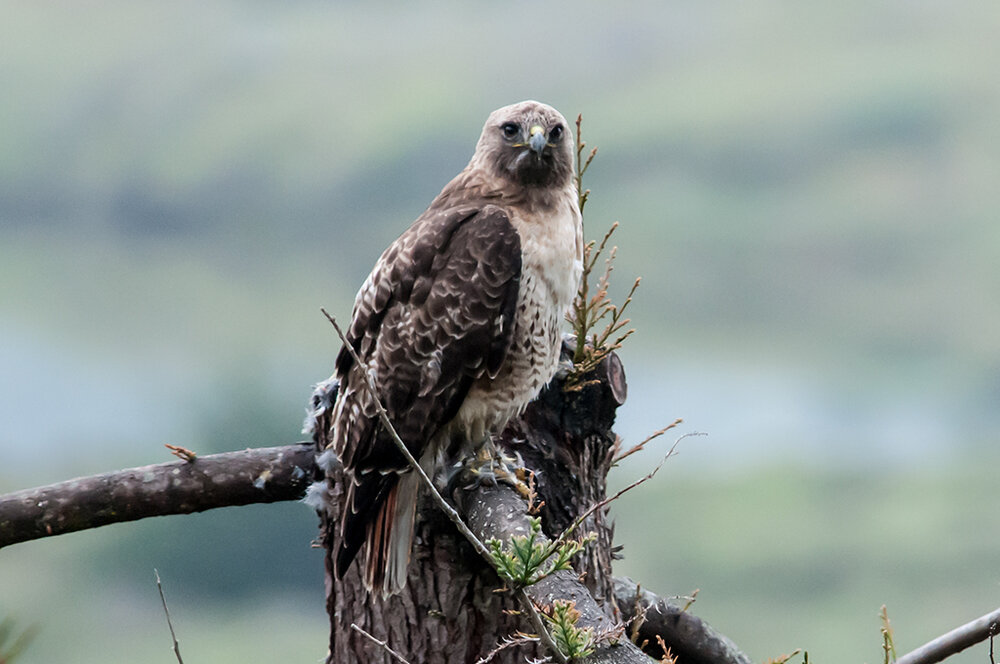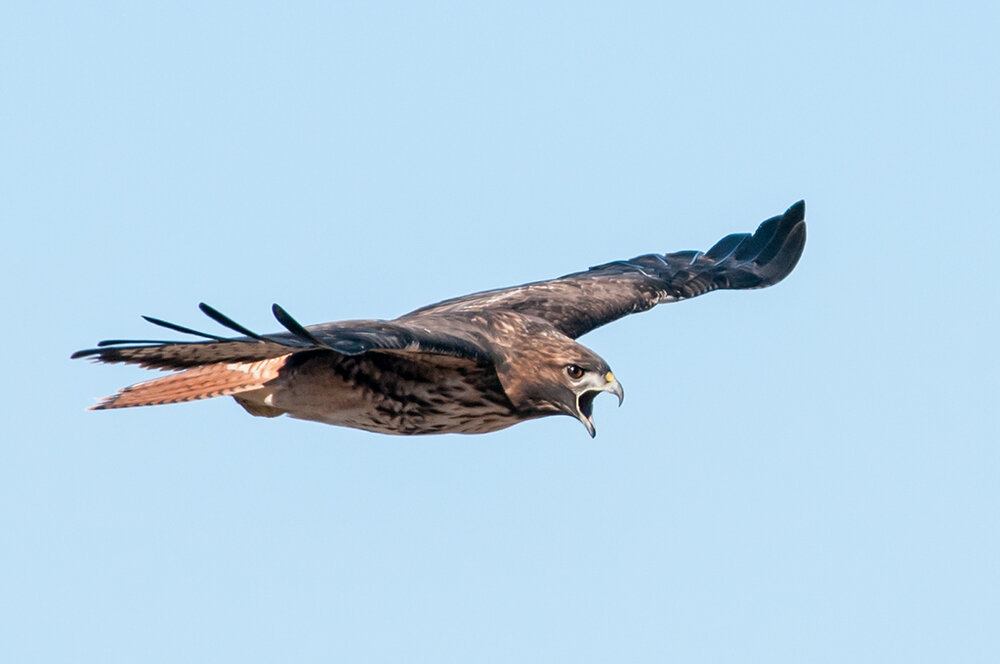I was honored to have one of my photographs selected for the Sonoma Coast section of Marin and Sonoma Coast Magazine. Several years ago we had a massive storm hit the coast. I love to photograph during that time. These waves were 20+ and were carrying large boulders. When the boulders and waves hit the shoreline our home in Jenner by the Headlands shook.
Honored at a First Place Win in the Napa Wildlife Photo Contest
Burrowing Owl Pair
I have often visited a private area in Davis that has Burrowing Owls. Some days I will not see an owl in the hole I am observing. With up to 75 holes you never know if you are going to get lucky. On one day I saw at one hole the start of a head. An hour latter he started to show more of his head. Than to my amazement he came out of the hole. Well I waited another hour to see if anyone else was in that hole. Slowly and I mean slowly she appeared. So I am 4 plus hours into this pair. Now all I needed was for them to be looking at the same time. Owls move their heads constantly checking to make sure there is nothing around to eat them. So I am at the 6 and 1/2 mark and bam got them looking in the same direction.
Support the Napa Wildlife Rescue http://www.napawildliferescue.org/2019-photo-contest-winners
Redwood Nurse Logs
Take a walk in the ancient forests of the Pacific Northwest and you will probably come across trees literally growing on trees. It seems that fallen and decaying trees can sometimes provide resources such as these in greater abundance than does the forest floor, so they are preferred germination areas for new trees and shrubs. Once germinated, the seedlings find that these logs continue to provide a favorable substrate for further growth. They call such logs nurse logs. Decaying wood is a good substrate for growth. trees that are hundreds of years old will take hundreds of years to decay. This means that nurse logs formed by old trees will remain available as a substrate for growth for all those hundreds of years, and the new generation of trees will already be old before their nurse logs vanish into the soil of the forest floor. Photographed at the Jedediah Smith Redwoods State Park. Photograph Copyright Francesca Scalpi
A new redwood growing from a Nurse Log.
Billy the Bobcat
Meeting people at events like Art@ The Source can be real rewarding. Yesterday I meet this older women who use to volunteer at the Sonoma County Wildlife Rescue. When she saw my photo of Billy the Bobcat she shared stories about taking care of him. In 2018 Billy passed on Friday, November 2. I remember getting the email about his Celebration of Life ceremony. I was so touched by her story that I handed her the photo as a gift in memory of her time with Billy. She was so moved that she started to cry. Both her adult daughter and I also has some tears.
In memory of Billy the Bobcat
Art @ The Source June 1&2 8&9 Studio #60
Find the perfect piece of art to wear or showcase at your home and business. One location four artists, wine, music and appetizers. Art @ The Source Studio #60 8899 Green Valley Road, Sebastopol. June 1&2 8&9
Susanna Kaplan Jewelry - Francesca Scalpi Photography - Bert Kaplan Pastels - Laura Ames Ceramics
New Barn Owl Photos
New Gallery: Super Bloom 2019
Super Bloom 2019
After a long winter of rain the hills were alive with wildflowers. I took a trip to Southern California to photograph the Poppies and Joshua Trees blooming fro miles in the high desert. Around Malibu Canyon and Thousand Oaks you had black charred trees surrounded by fields of yellow mustard.
New Gallery: Harris's Hawk - Parabuteo unicinctus
Harris's Hawk - Parabuteo unicinctus
A handsome hawk of the arid Southwest, Harris's Hawk is a standout with bold markings of dark brown, chestnut red, and white; long yellow legs; and yellow markings on its face. The most social of North American raptors, these birds cooperate at nests and hunt together as a team. When hunting, a group of hawks surround their prey, flush it for another to catch, or take turns chasing it.
New Gallery: Red-tailed Hawk
Red-tailed Hawk - Buteo jamaicensis
This is probably the most common hawk in North America. If you’ve got sharp eyes you’ll see several individuals on almost any long car ride, anywhere. Red-tailed Hawks soar above open fields, slowly turning circles on their broad, rounded wings. Other times you’ll see them atop telephone poles, eyes fixed on the ground to catch the movements of a vole or a rabbit, or simply waiting out cold weather before climbing a thermal updraft into the sky.
Black Leopard (Panthera pardus)
"Panther" is a generic work used to describe many large cats, especially black ones, but also Florida panthers which are just a subspecies of cougar. A The Cat House they have both black leopards and black jaguars there - they're often born in the same litter as the normal colored cats, because the black color, called melanism, is due to a recessive gene. So, melanistic cubs can be born to two spotted parents. The cats are actually dark brown, with the same pattern of black spots as any other leopard. There are no solid black big cats.
Northern Africa and Middle East Sand Cat
Sand Cat - Felis margarita
Sand Cat
(Felis margarita) These tiny (3-11 pound) cats live in sandy and stony deserts in northern Africa and the Middle East. They can live far from water sources by utilizing moisture from their prey (rodents, snakes, etc). They are a pale yellow color with a ringed tail. The sand cat's ears are large and set widely apart and low on the sides of the head. They are nocturnal in their native habitat.
Caracal Turkmenistan Subspecies
Caracals are sometimes called desert lynxes, they have short tails and tufted ears like the lynx and bobcat, but they have short, solid reddish colored fur. They're still common in southern Africa but in the
middle east they're more rare. This Caracal is a Turkmenistan subspecies.
Photographed at The Cat House
EFBC's Feline Conservation Center are dedicated to the protection and preservation of the world's endangered felines.
http://www.cathouse-fcc.org/







